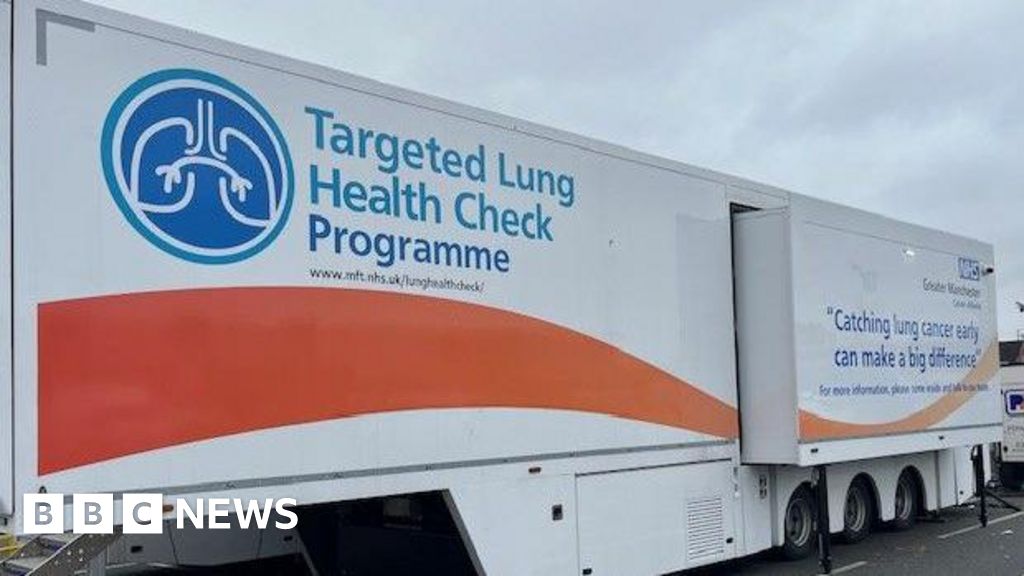Last year’s increase in severe strep infections in children amounted only to a return to levels of the disease from before the COVID-19 pandemic, the Centers for Disease Control and Prevention reported last week, based on early figures from 2022.
The new figures come after a health alert published in December warned doctors and health authorities that some hospitals and states had tracked rising infections of invasive group A streptococcal (iGAS) in kids.
However, in an update published Feb. 2, the CDC wrote that “based on preliminary 2022 data, iGAS infections in children have returned to levels similar to those seen in pre-pandemic years.”
While school-age children often face less dangerous infections like strep throat from this bacteria during respiratory disease season, iGAS is a rare and potentially fatal kind of infection that can lead to organ failure or tissue damage.
After seeing scant cases for the past few years, several hospitals and states had begun reporting increases in pediatric cases of these severe strep infections.
Health authorities in the United Kingdom had also reported record high infections, compared to several recent years.
“During the COVID-19 pandemic, the United States had very low numbers of iGAS infections in children. This was likely due to the steps many people took during the pandemic to prevent the spread of respiratory diseases,” the CDC said.
According to final federal data from 2010 through 2020, an average of more than 10,000 invasive group A strep cases, and more than 1,000 deaths, were reported each year.
2018 had tallied the worst record over the past decade, at 25,160 severe strep infections and 2,320 deaths based on figures from the agency’s Active Bacterial Core surveillance labs.
The agency has so far not released updated surveillance figures for 2022. A CDC spokesperson did not immediately return a request for comment.
In Minnesota, one of the states that had reported an “elevated number of pediatric IGAS cases” last year, authorities at the time had tallied nearly 30 iGas cases in children, up from four cases in 2021 and 15 in 2020.
From 2017 through 2019, the state saw at least 26 reported cases in children each year.
“The 2022 year started off with cases lower than might be expected, and is ending with cases being higher than in prior years,” Andrea Ahneman, a spokesperson for the Minnesota Department of Health, had told CBS News last year.
Earlier than usual
The CDC also said last year’s increase in pediatric iGAS infections happened earlier in the season compared to pre-pandemic years.
Before the COVID-19 outbreak, health authorities often saw cases of invasive strep peak in December and stretch through April. Last year, reported cases increased from September through November.
The increase echoed the unusually early nationwide climb in other infections, like flu and respiratory syncytial virus (RSV), which are also predominantly respiratory diseases.
Weekly trends of flu and RSV hospitalizations have since plummeted nationwide in recent weeks according to federal data, following peaks in November and December.
In 2018 and 2019, before the pandemic, hospitalizations for both flu and RSV did not peak until January and February.
However, health authorities have cautioned that it is still possible future increases of respiratory disease could arrive this season. The CDC last week revised its forecast of COVID-19 hospitalizations for the coming month from a “likely decrease” to a “stable or uncertain trend.”
Flu cases so far have also been almost entirely dominated by type A viruses in the U.S., raising the possibility of a renewed wave driven by type B strains in the coming weeks.
“We often do see a later peak and increase of influenza B viruses, after influenza A viruses have peaked. So it’s actually still unknown whether we’re going to see an increase in influenza B viruses,” the CDC’s Tim Uyeki told a webinar hosted by Emory University last month.















































